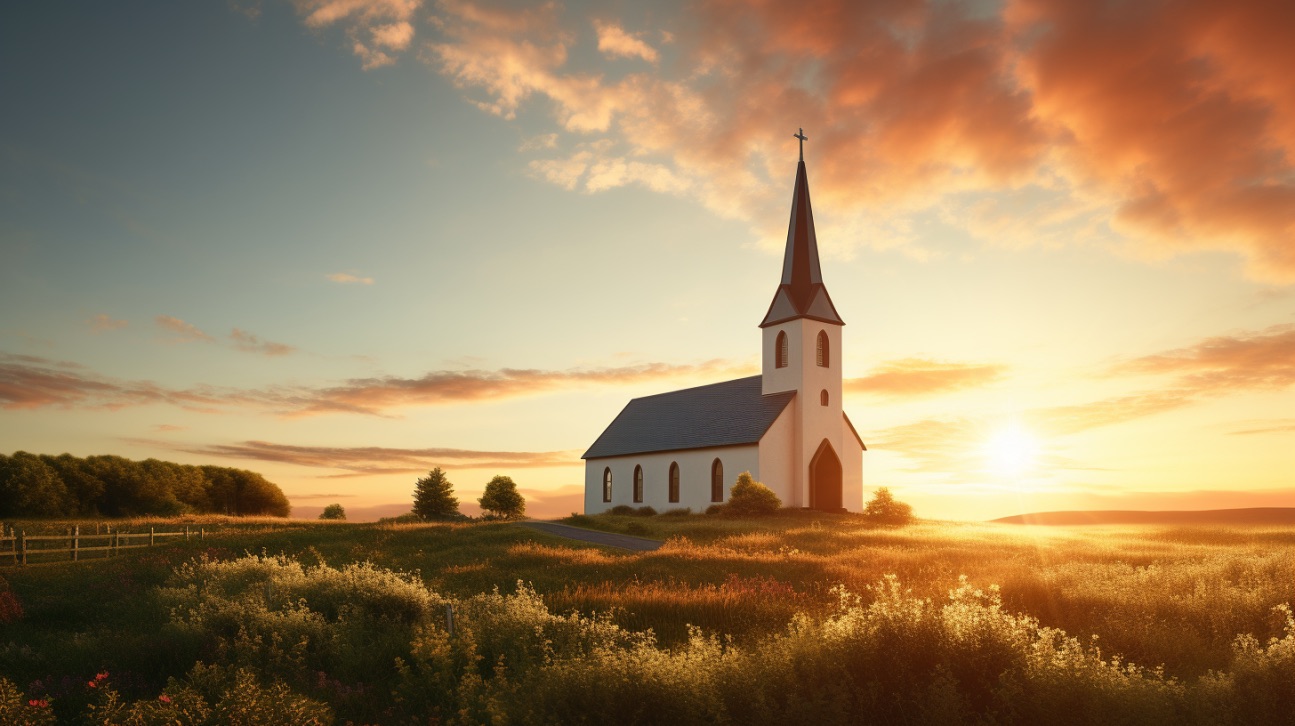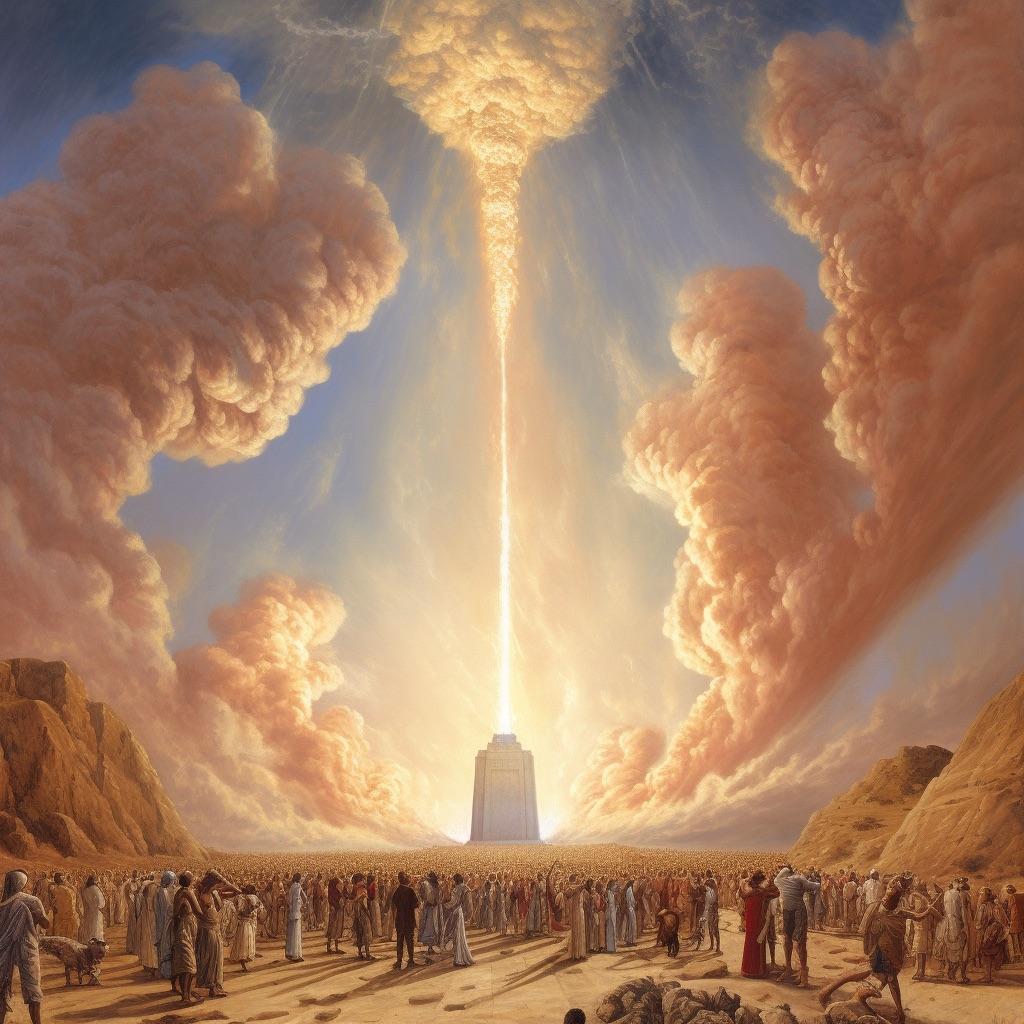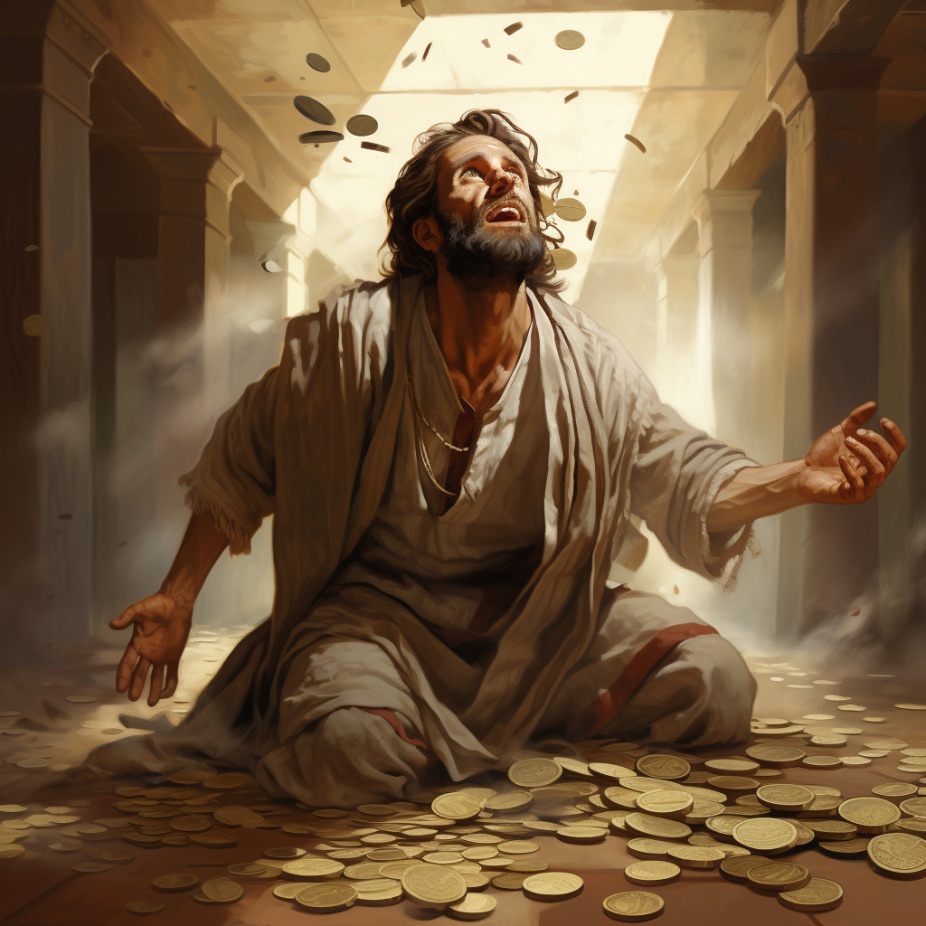
First a few quick thoughts:
Midjourney, Dall•e, Adobe Firefly, Stable Diffusion etc are tools. AI art cannot and willnot replace artists, but it may give people who are not as gifted at art to create and express ideas and emotions they could not otherwise express. Tools create opportunities and we shouldn't discount that. Yet, we should also be careful when using and appling those tools, especially when it comes to spiritual matters.
Personally, I find that Christian religious artwork depicting various events from the Bible can be difficult to come by, especially if you are trying to license an image to use commercially. And while I'd love to commission a handful of artists to create the desired artwork, I am usually limited by budget and time restraints. (No budget and a fast turn-around on projects, usually within a day or two.) In situations like this, AI could be a very useful tool in creating artwork.
In other words, while I would not use AI to generate artwork that would hang in a sanctuary or decorate a church, I might use it to generate artwork to be used for social media content or as a backdrop for other content. (My main work is video production, and showing AI-generated art for a few seconds to cover up an edit or help emphasize a point seems like an acceptable use, provided the art has the correct tone and message.)
The trouble, currently, is that "biblical" images are being churned out that do not accurately depict the events described in the Bible. Not all of the images being created are bad, but many do not match what Scripture says.
My encouragement, for those interested in playing with AI-generated religious art, is to be intentional in your creation and to hold a high standard for accuracy. Additionally, I might even encourage you to use the generated artwork as a starting point, modifying it as necessary and your skill allows.
I'm undecided on allowing AI-generated artwork onto this site. If I do eventually allow AI-generated artwork, I will be holding it to a high standard and I will be ensuring that it is kept in a separate category so it is easy to know if you are looking at human-generated art or AI-generated art.
Some examples of what is possible. (Using Midjourney)
Click on an image to see the full sized version. (I may update this page with more examples as I come across them.)
Pillar of Cloud
This is the initial "Pillar of Cloud" image that I generated for a devotion about the Israelites following God through the desert. The image isn't perfect, but it has a classic "Sunday school" or illustrated Bible feel to it. There's some weirdness to the crowd along the edges, but the focus of the image is the giant cloud in the center.
Pillar of Fire
To counter-point the pillar of cloud, I also made a pillar of fire. In each variation of this image the fire was emanating out of some sort of pillar, building, or plateau–but this is where other tools can come in handy. Using Photoshop I was able to go in and use Content-Aware Fill to remove the structure in the center and replace it with a continuation of the fire.
Elijah Under the Broom Tree
AI is not well-equipped to portray Elijah praying and God sending down fire to consume the offering, altar, and water. But I was able to generate a neat image of Elijah sleeping under the broom tree. If you spend a long time examining it, you may notice a few oddities, but when shown for a few seconds with a Bible verse, it does a good job of depicting the scenario as described in 1 Kings.
Current challenges. (Using Midjourney)
Judas Returning the Silver Coins
I tried several times to create an image of Judas throwing coins on the floor, returning the 30 pieces of silver. Midjourney had a very difficult time with this: it wanted to make the coins gold, it wanted to make them many different sizes, and it wanted Judas to be happy. Perhaps a skilled artist could use this as a starting point for a better image, but it was not usable.
Elijah Prays and God Answers with Fire
I think one of the challenges when it comes to depicting miracles is that AI artwork is generated from what AI knows about the world and what is depicted in other artwork. This event is, to my knowledge, the only time in history that God sent fire from heaven to completely consume a very small and specific area.*
I suspect that while the AI knows what fire, and Elijah (or at least a prophet) might look like, it doesn't have a good grasp of anything else that happens. Which is why we end up with everything being on fire and Elijah looking like a crazed wizard. Again, this might be a good starting point for someone with artistic skill, but this is not usable otherwise.
*My snarky editor sent me a link to 16 other Bible passages where God sent fire down from heaven to consume something, but I think my point still stands.




